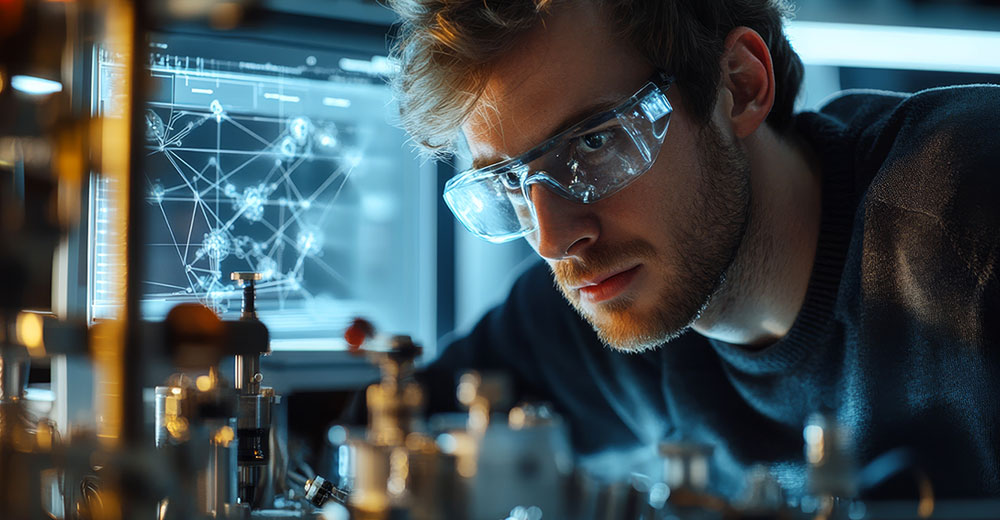
If you’re a parent of young children and you’ve sat through any number of bad “family” movies during a crowded matinee, then you’ve probably thanked Disney/Pixar for conjuring up the likes of Buzz Lightyear and Woody, Nemo and Dory, Mike and Sully, Mr. Incredible, Wall-E, Lightning McQueen and Remy the gourmand rat.
Of course, those same parents are given plenty of opportunities to show their appreciation by spending lots of money on Pixar-related merchandise; not just the Blu-ray disc purchases, but Buzz Lightyear dolls, Nemo and Dory stuffed animals, Mike and Sully figurines, Mr. Incredible Halloween costumes, Wall-E robot toys and Lightning McQueen bedsheets.
Yes, Pixar has a world-famous roster of animated characters. It has also pioneered computer-generated technology in film. But what’s really put Pixar on the map are good, well-told stories. The studio’s list of Academy Award winners for Best Animated Feature is testament to that special blend of commercial and critical success: “Finding Nemo,” “The Incredibles,” “Ratatouille,” “Wall-E” and “Up.” The latter movie was one of only two animated features to win a nomination for Best Picture.
Loren Carpenter, Pixar’s chief scientist and one of the company’s first members, has helped drive the technological foundation for what’s up on the screen. Since joining Pixar in 1986, Carpenter has developed software and engineering processes that have shown up not just in his studio’s films, but for other companies as well. His Renderman image software system, which won him a special Scientific and Technical Academy Award in 1993, was used in “Jurassic Park,” “The Abyss,” “Terminator II,” “Transformers,” “Avatar” and “Iron Man II,” among other special effects-laden blockbusters.
Carpenter, a graduate of the University of Washington, was in Seattle recently to accept a Diamond Award honoring UW alumni for their contributions to the field of engineering. With the release of “Toy Story III” set for June 18, TechNewsWorld sat down with Carpenter for an interview and asked him about the future of computer-generated film technology, the art of storytelling in animation, Steve Jobs’ role at Pixar and the current 3-D movie craze.
TechNewsWorld: Some filmmakers — most notably James Cameron — have raised concerns that bad 3-D conversions will eventually be bad for the movies and for audiences. What’s your take on that?
Loren Carpenter:
I would have to agree. If you have a 3-D capture system or some way to do that, it’s difficult to edit in that sort of footage because you can’t change the fixing of the cameras in post-production, so you get what you get. But on the other hand, it’s clean 3-D. But if you try a post-production process that takes a 2-D image and tries to infer 3-D from the depth perception information in it, or from adjacent frames of film, or some other kind of thing, or hand-paint it, it always come out a little bit off. Even with the best artificial intelligence you can throw at it, I have not seen a good way to do that. Who knows what the future will tell, but at this point it’s not good.
There’s a lot of editing that the industry needs to learn to change the (audience’s) perspective and so forth, so as not to upset the audience, and as well to facilitate telling a good story. This sort of language is still being developed, and right now it’s pretty ham-fisted.
TNW: What is Pixar’s approach to 3-D? There’s obviously a hunger for this with the audience.
Carpenter:
We plan for 3-D. All of our movies from now on are planned for 3-D, so the 3-D folks work with the story people and the cinematography people to figure out how to set up shots so that it makes sense. Normally you set [a film] up with a single-eye view. With an animated film, you can put the camera anywhere. So we set up a camera for storytelling, and we can set up another camera for the other “eye.” How you set up that second “eye” determines how the 3-D is perceived by the audience and whether or not you want to have a neutral plane, something going into the screen or something coming out of the screen. We have people who think about that all day.
TNW: This gets me into my general question about Pixar — as a parent, it’s clear that a Pixar movie is always on the cutting edge, but it’s always in service to the story. It’s not a task or a chore to sit through a Pixar movie. Tell me how important that is when you’re lining up your slate of productions.
Carpenter:
Well, I should tell you a little bit about our process. Pixar is a director-driven studio. Any employee of Pixar can propose a movie, a short film, even a live-action short. They can propose it. We have a regular session when executives meet with other directors, and we’ll meet and evaluate these proposals. We have an internal class, university-kind of system where we teach people how to make proposals, draw storyboards, write dialogue. So you can become a first-class filmmaker just by taking classes at Pixar during your work time.
But the point being that we want to develop talent where someone who does have a good story can pitch it effectively and have the skills to carry it through. If you do have a good story, we’ll give you a storyboard artist and you’ll go off for six months and develop it, and this could be our summer 2015 release. If it’s still going good, we’ll give you 30 people and you can start building characters and sets.
TNW: Where does computer-generated animation go from here? What would you like to see happen?
Carpenter:
I’d like to see us be able to make more films. Right now each film is a rather difficult, large-scale effort. I’m just going to ballpark it here, but I’m guessing it takes many hundreds of person-years if you count all the labor in a film. If you’re one person, it would take you several hundreds years to make one of these movies. This gives you some idea of the difficulty, the amount of labor.
I would hope we would find ways of getting that down by a factor of ten with better tools or streamlined decision processes. We could have 12 movies in process at one time with the same number of people, because it takes a while to think through the story and get the characters figured out. That process is going to take a while, take a lot of thinking, a lot of discussion. But the actual computing process and the labor to set it up — that can be sped up with better tools and planning. You’ll need higher-level software where you have intelligent access to vast quantities of digital assets — sets and props and things — and higher-level ways of sculpting characters in a faster fashion.



















































